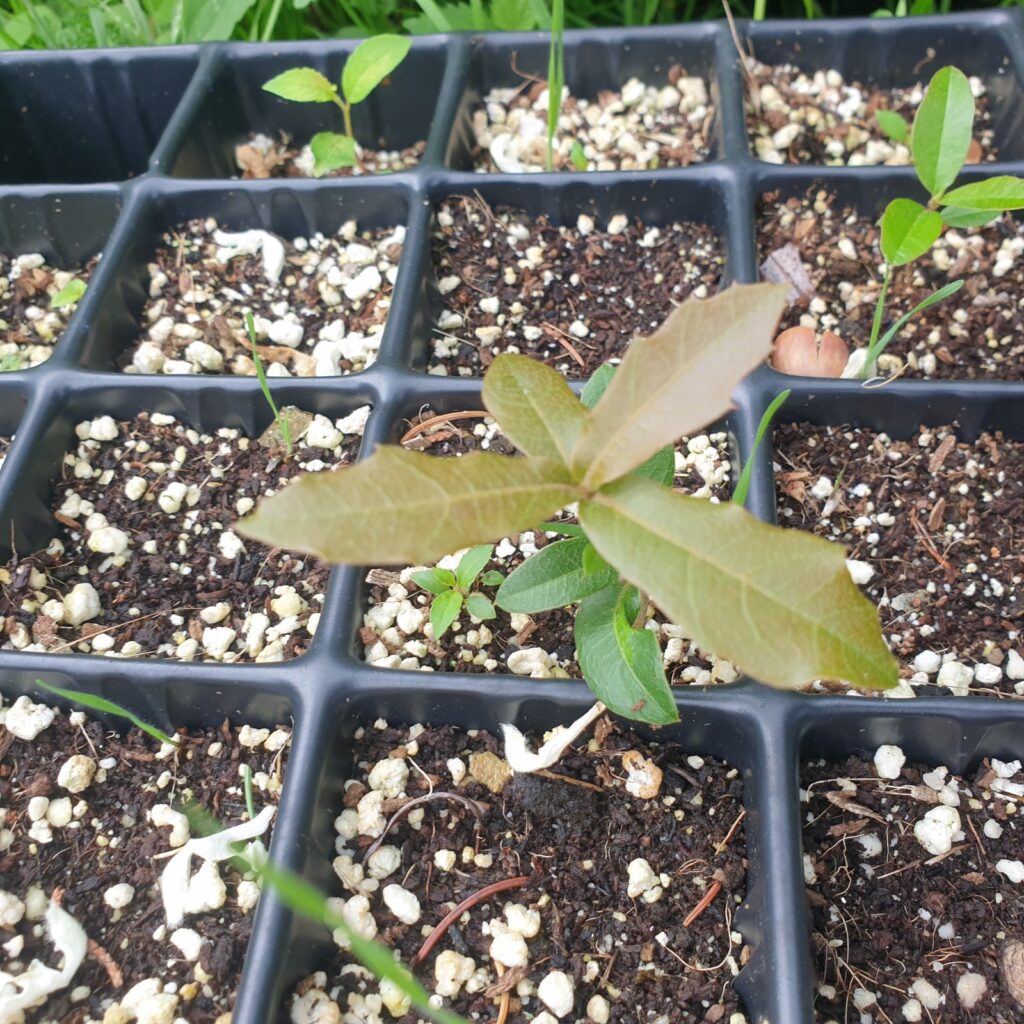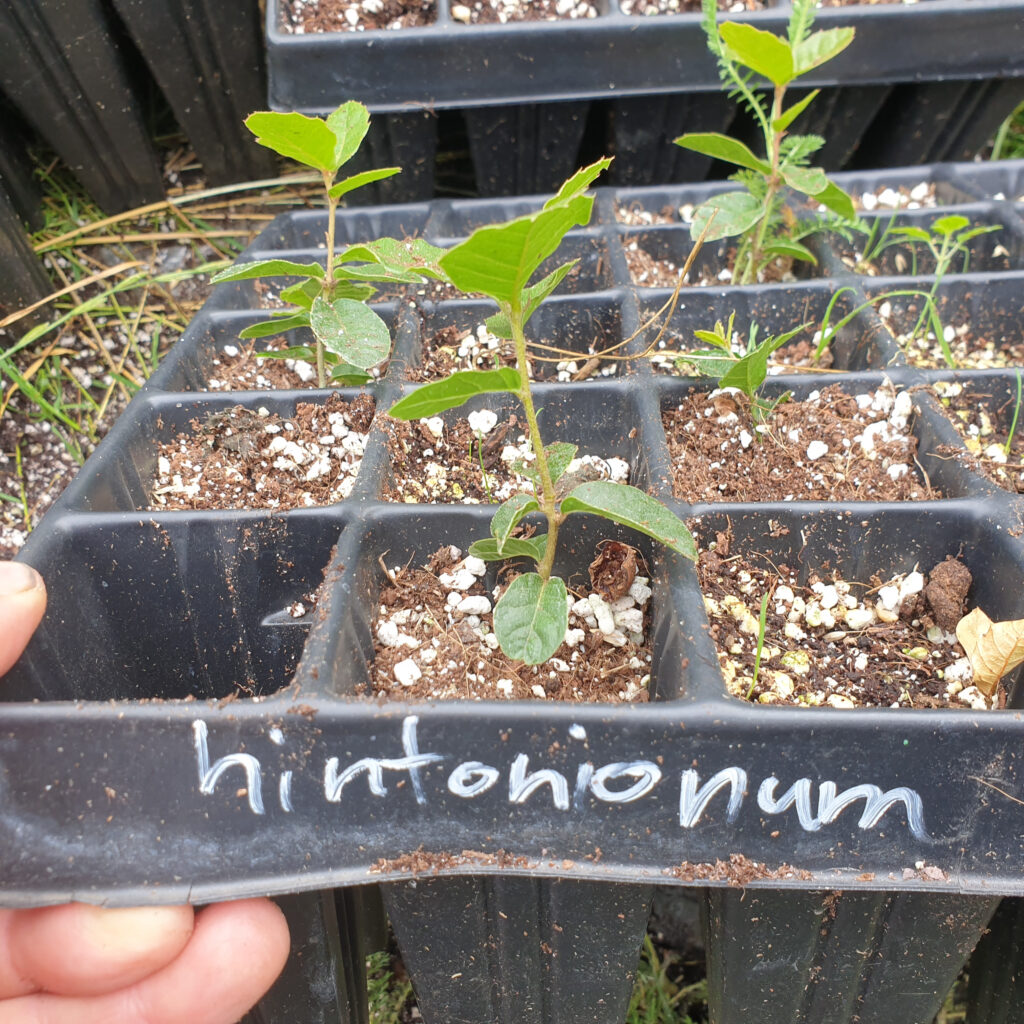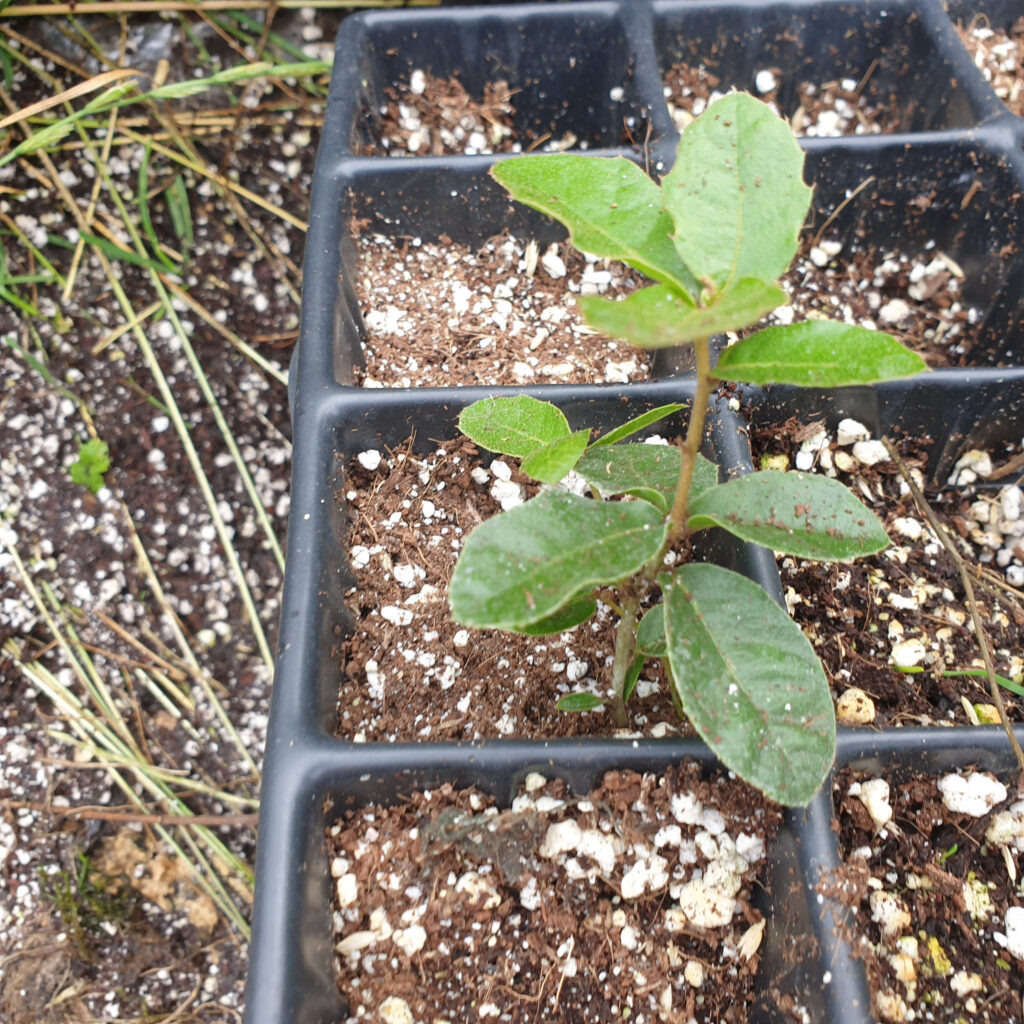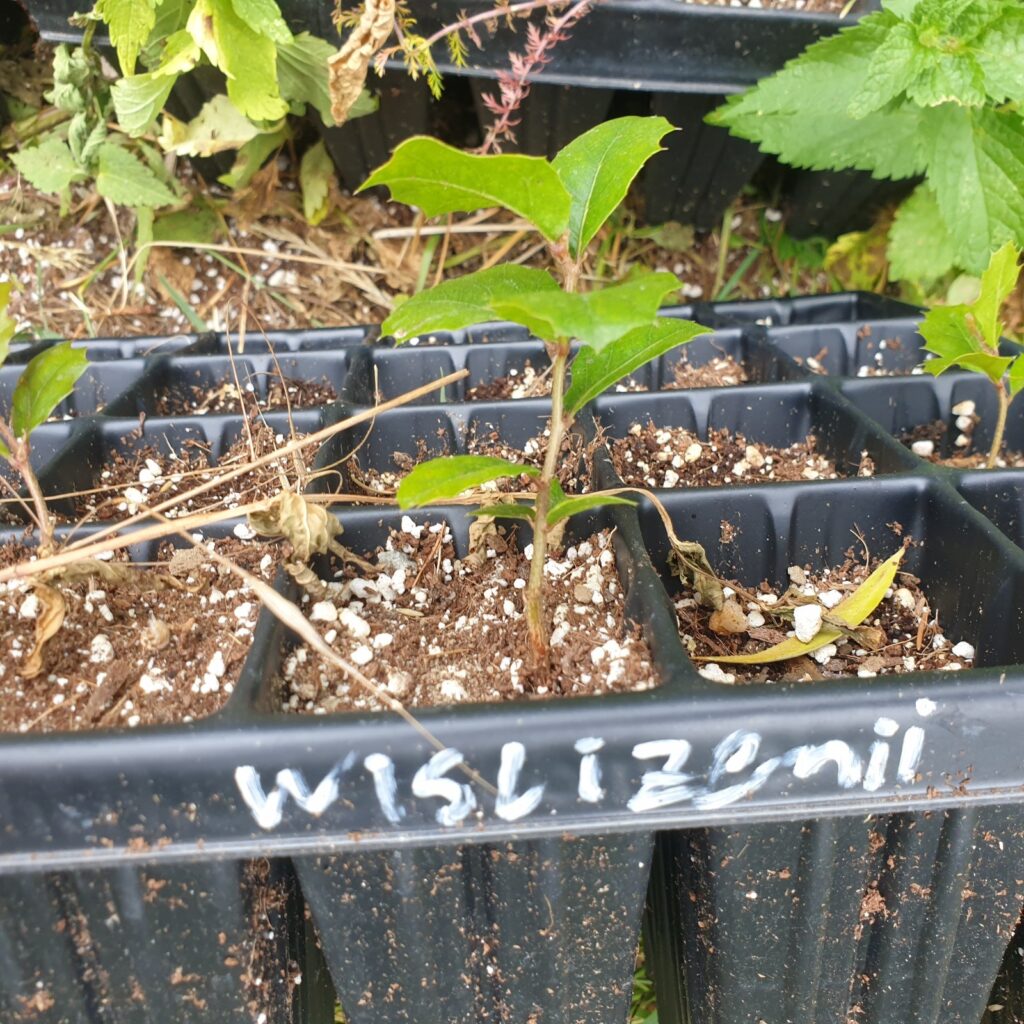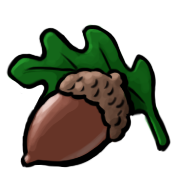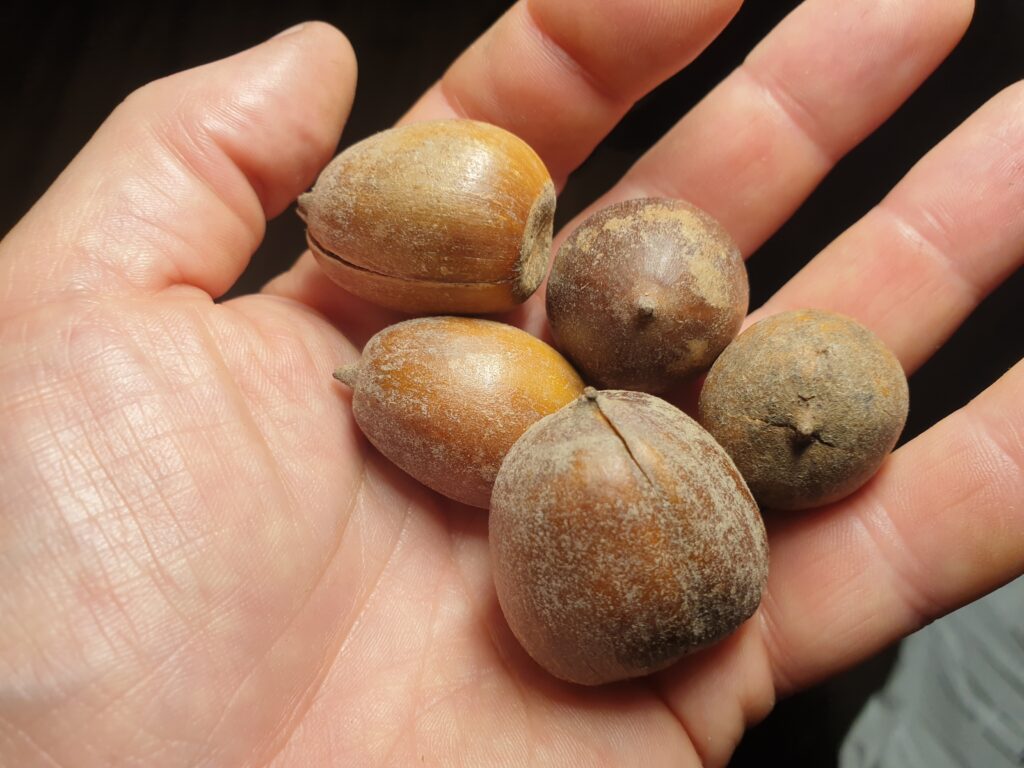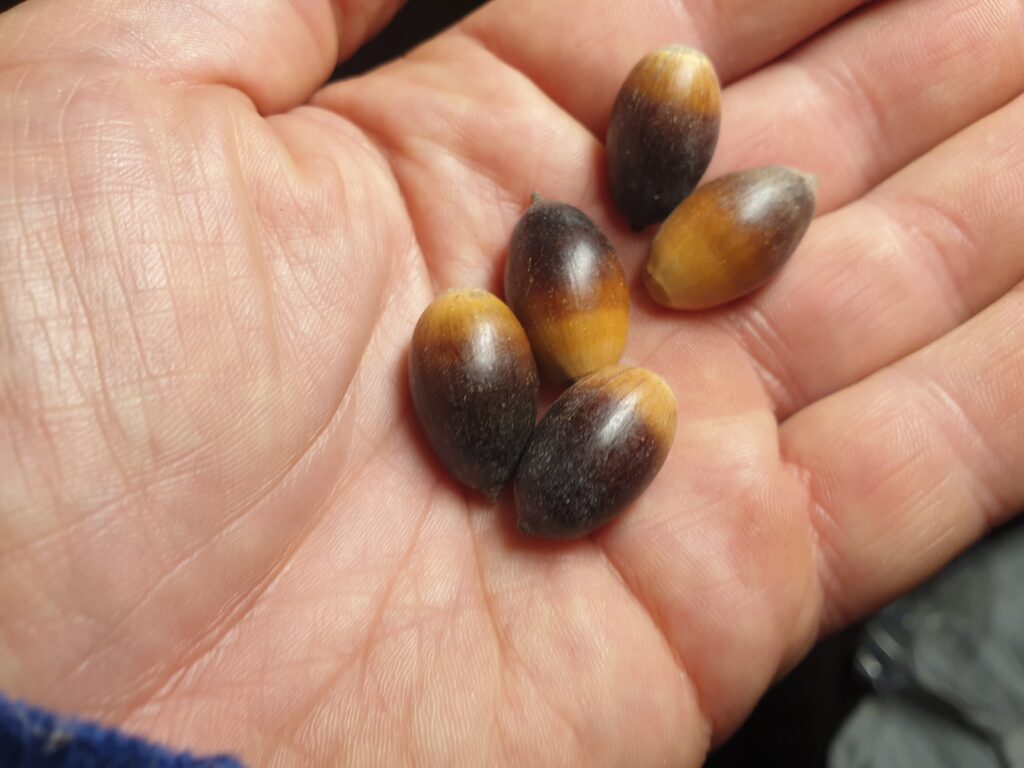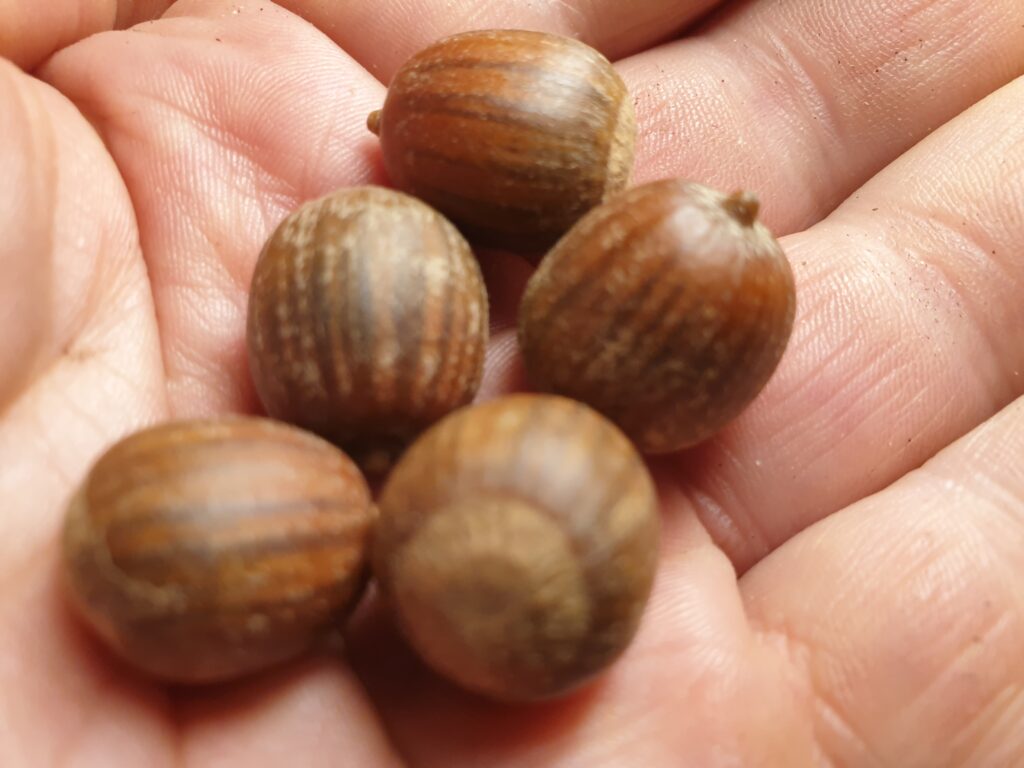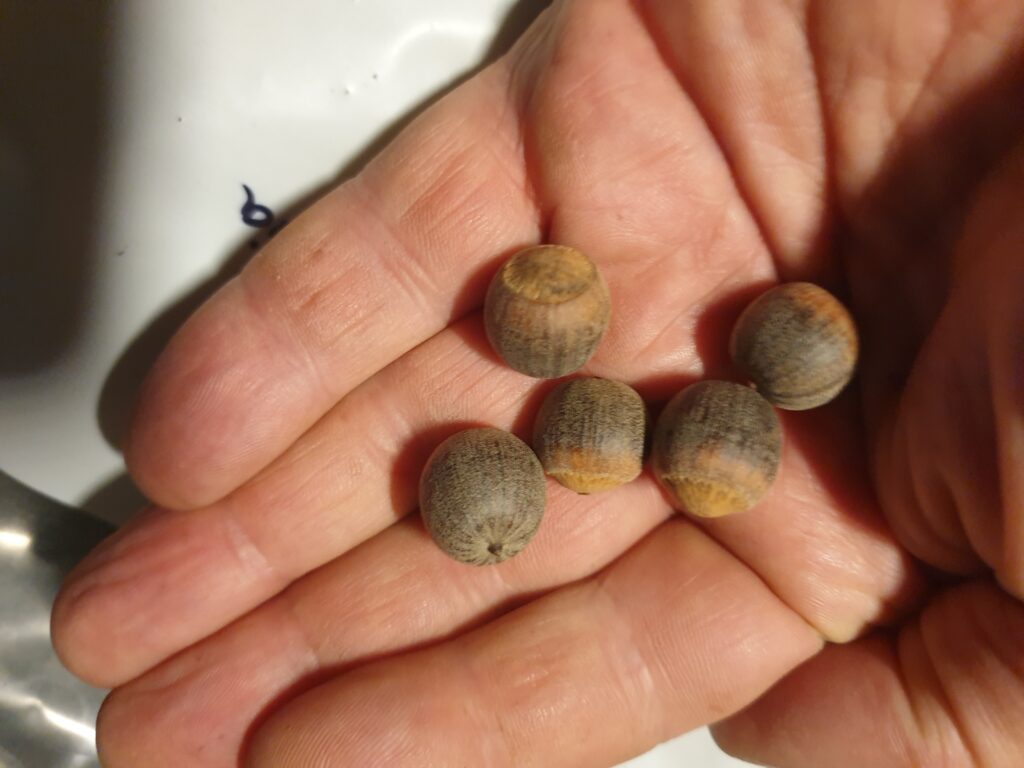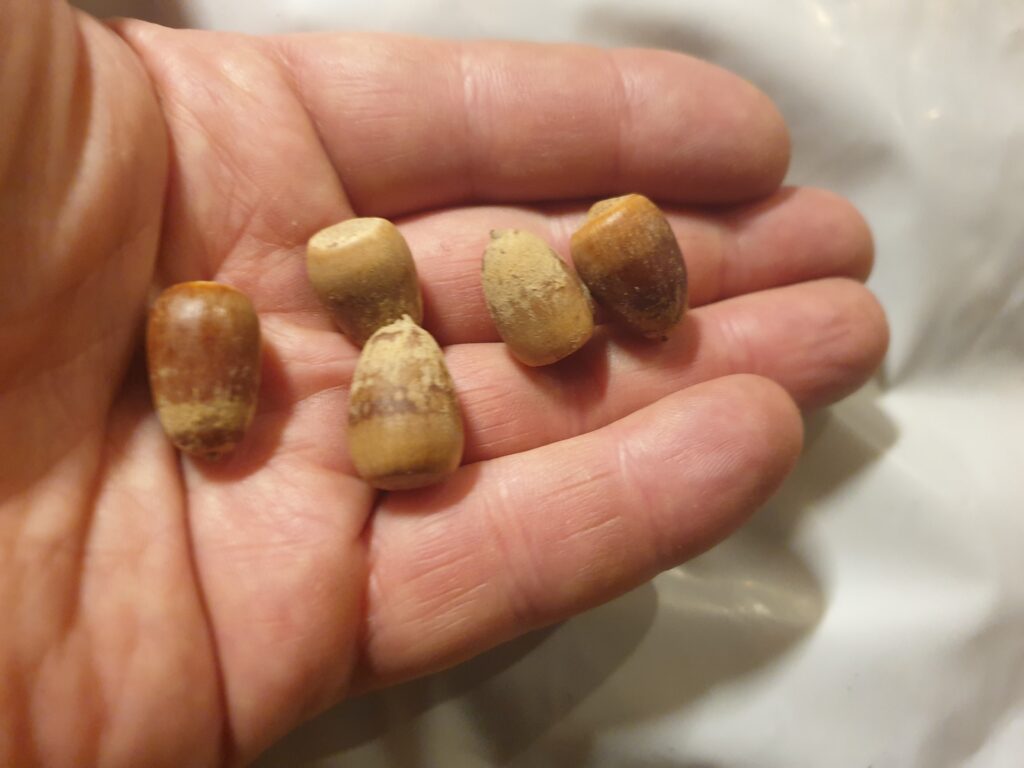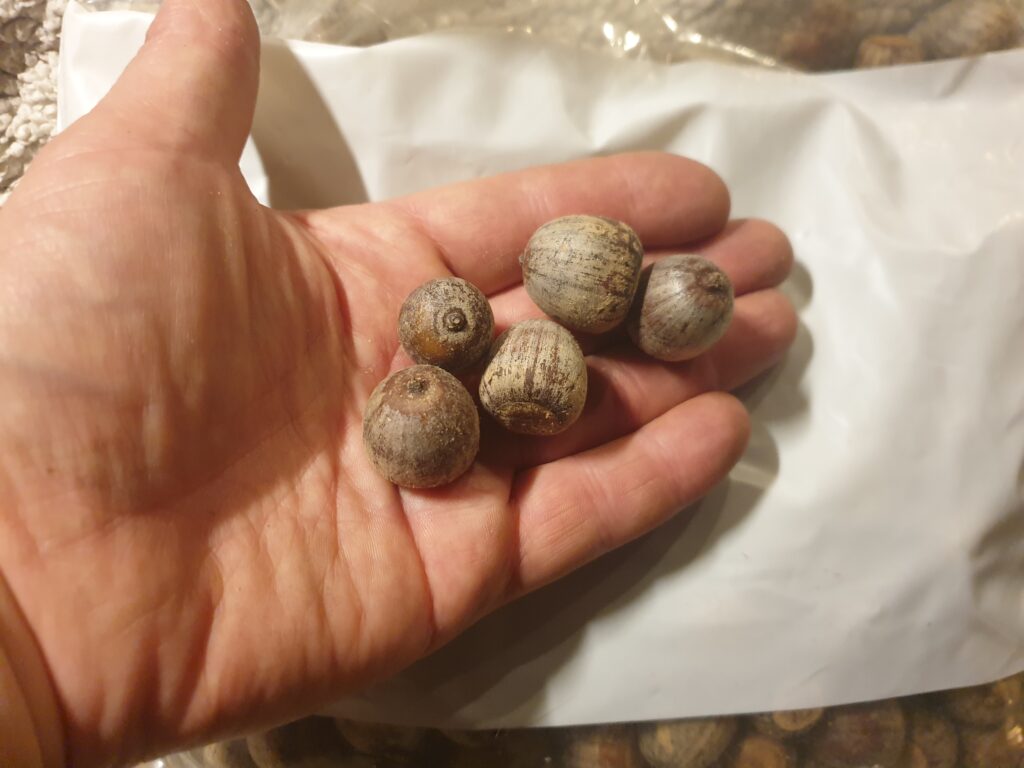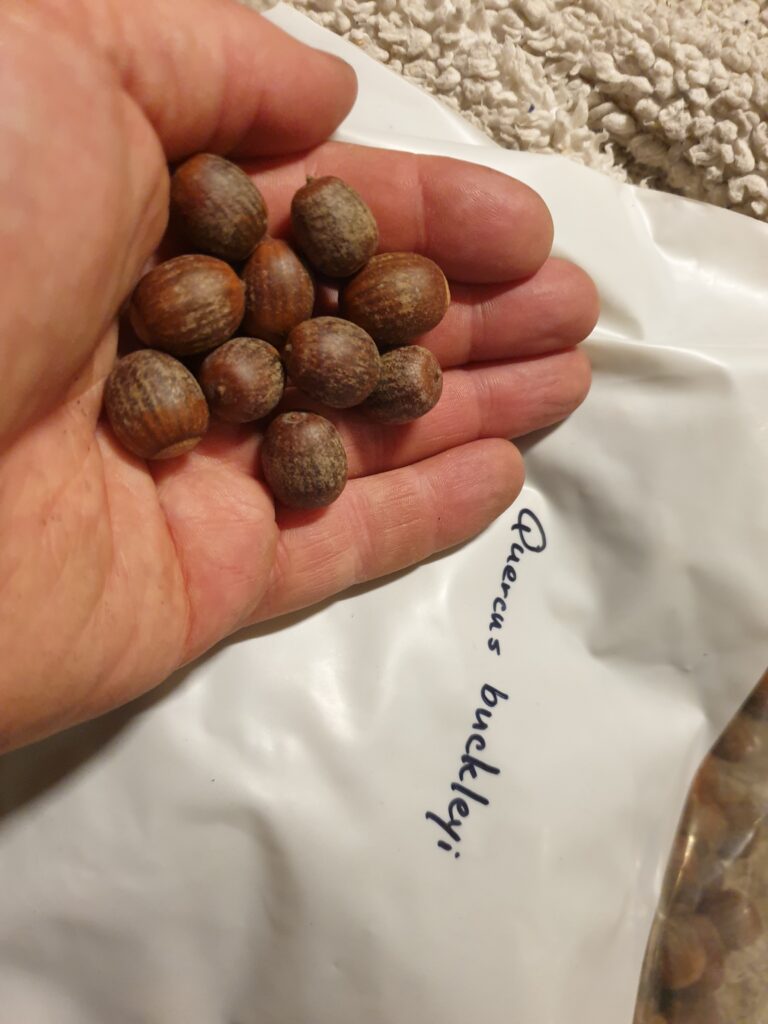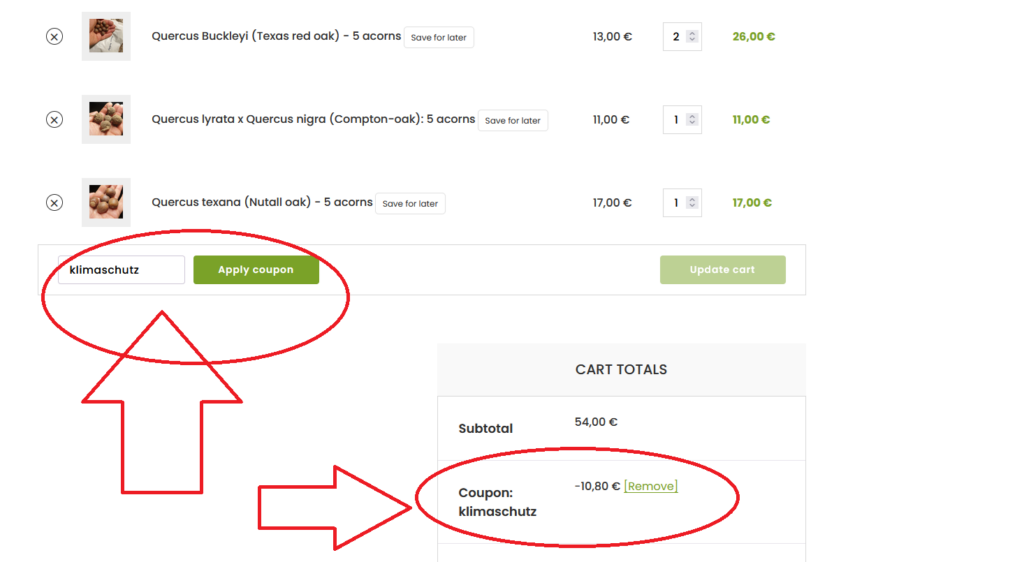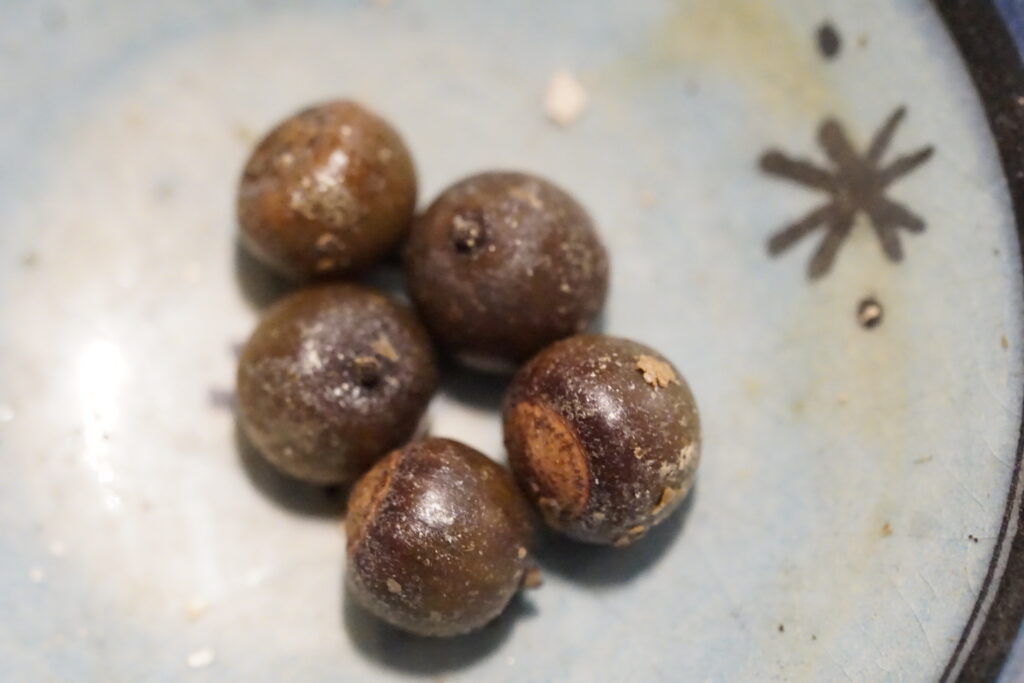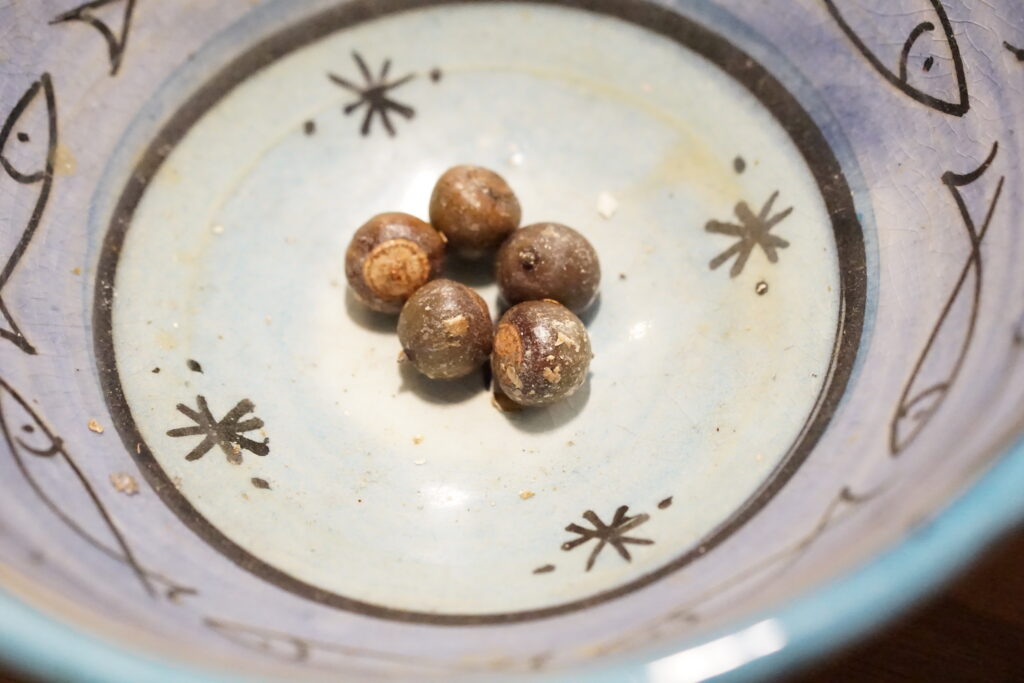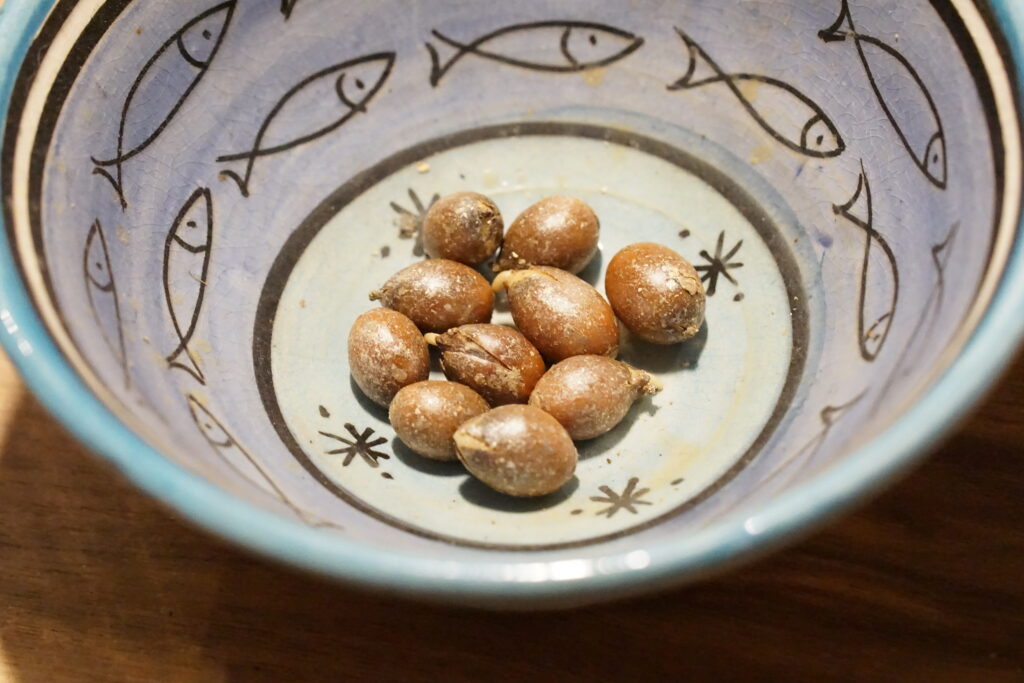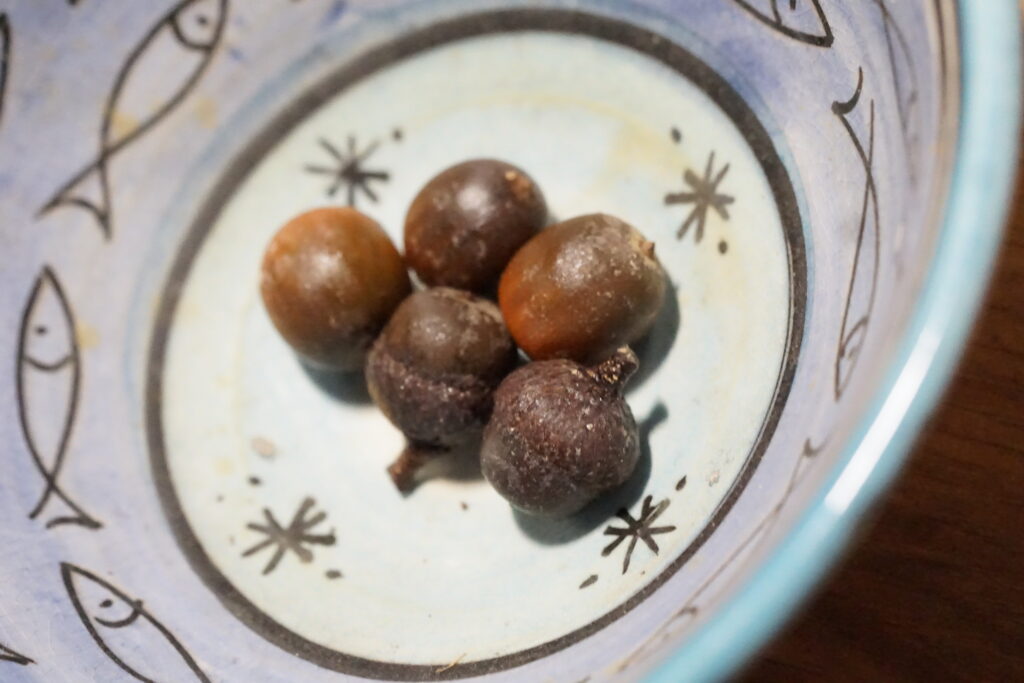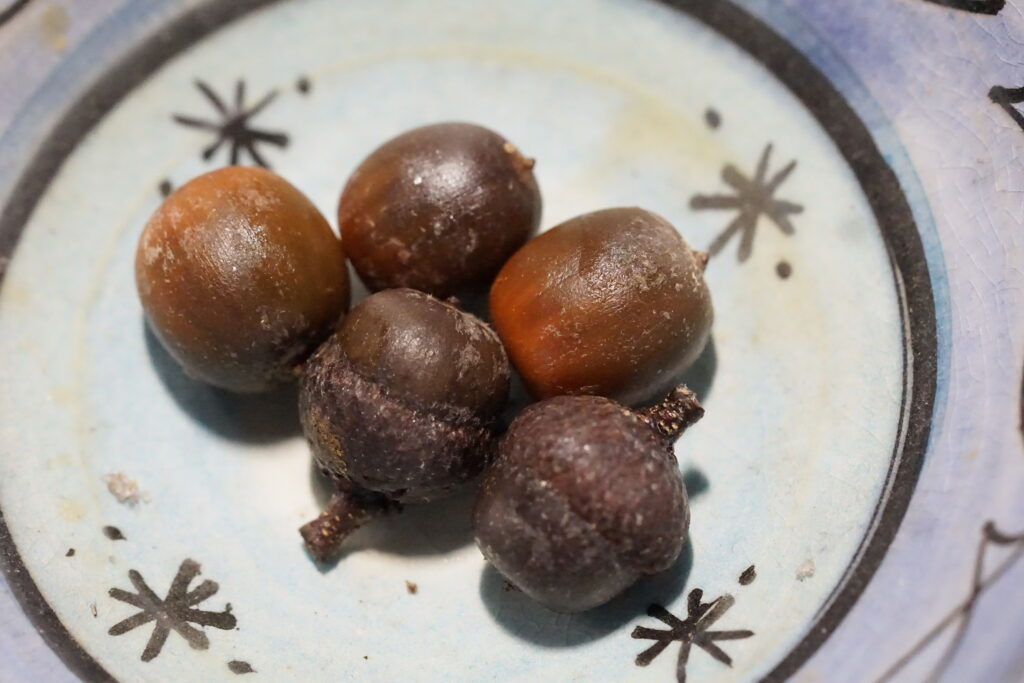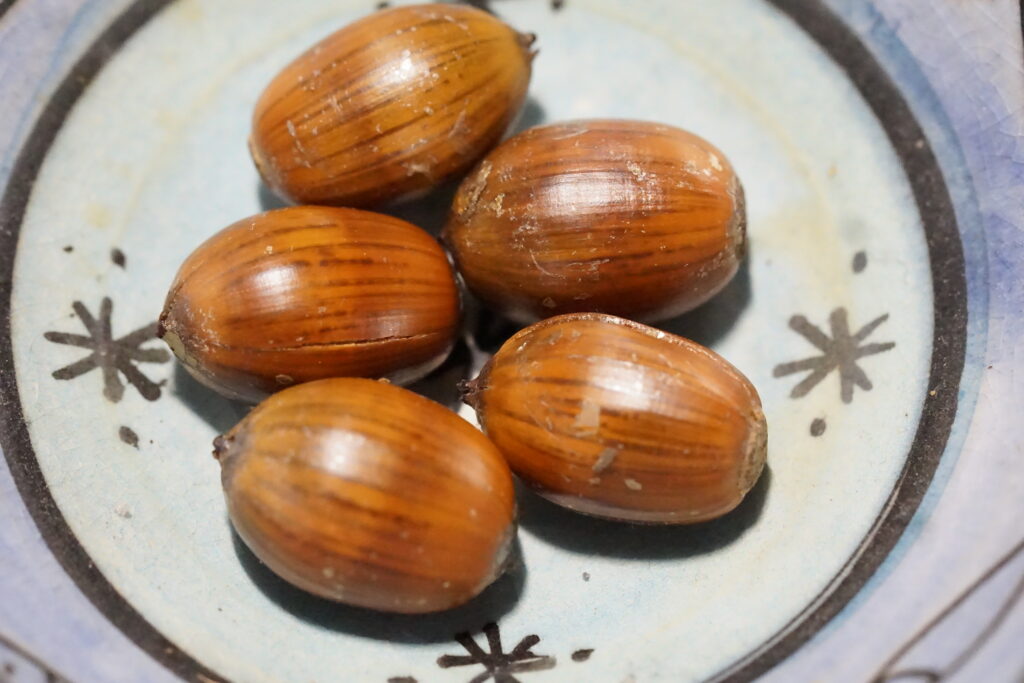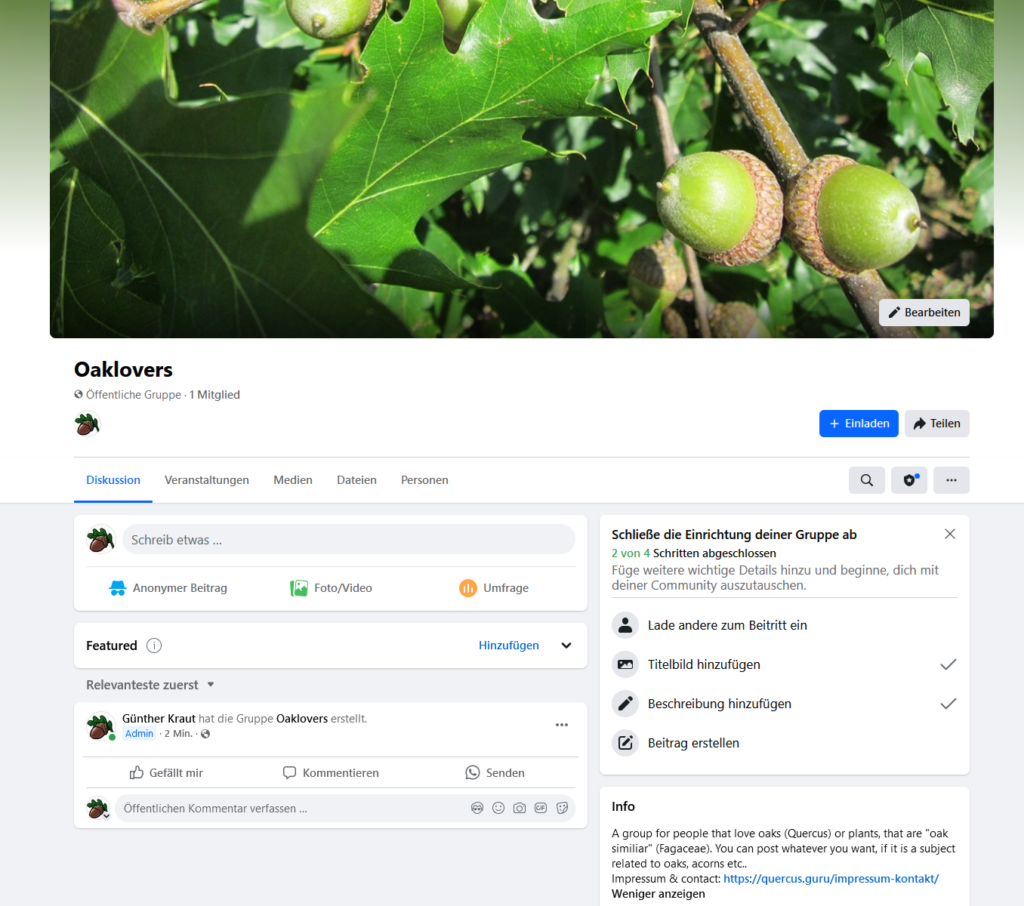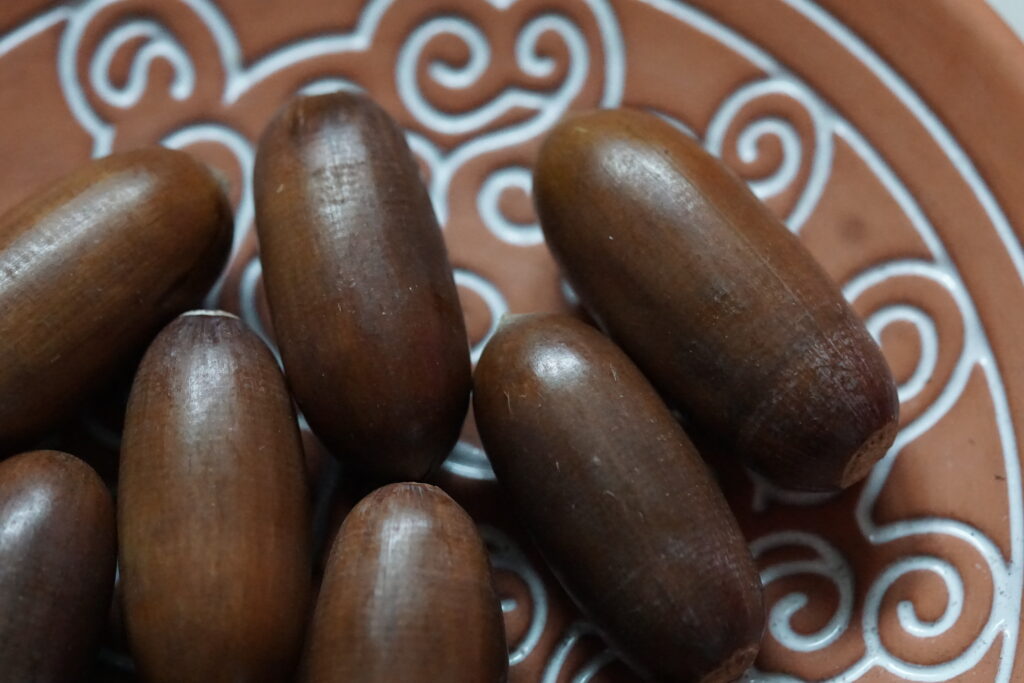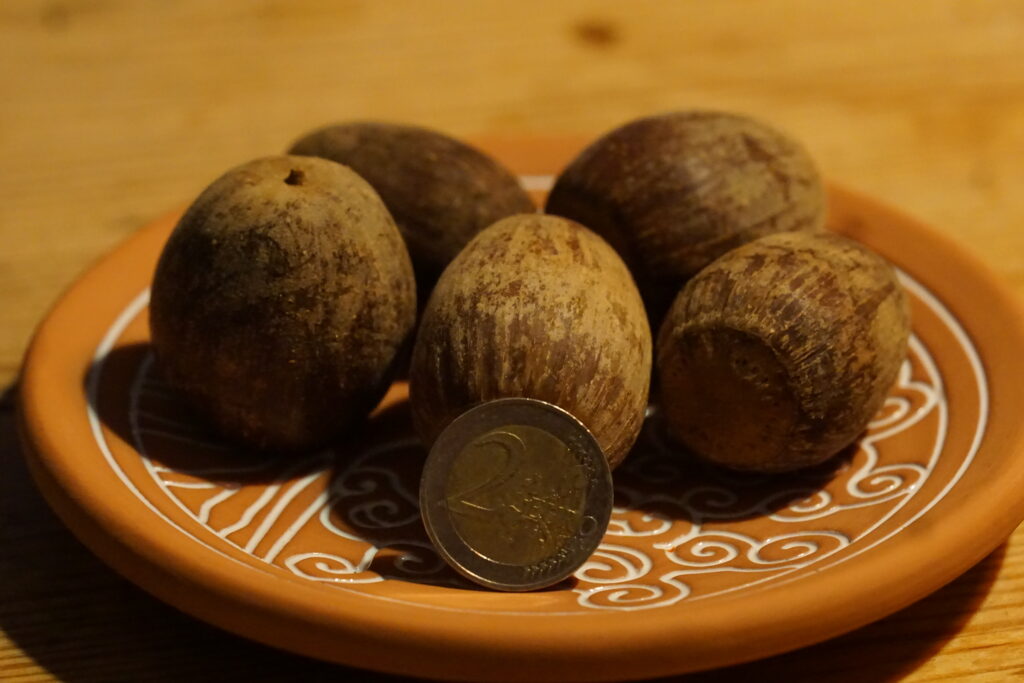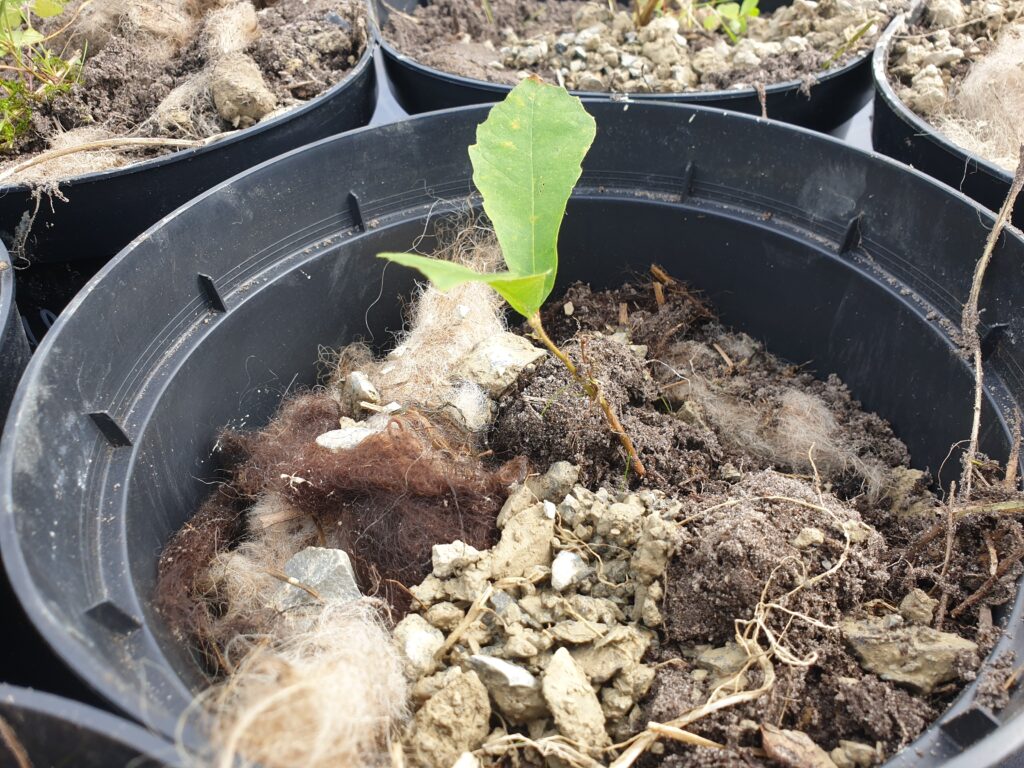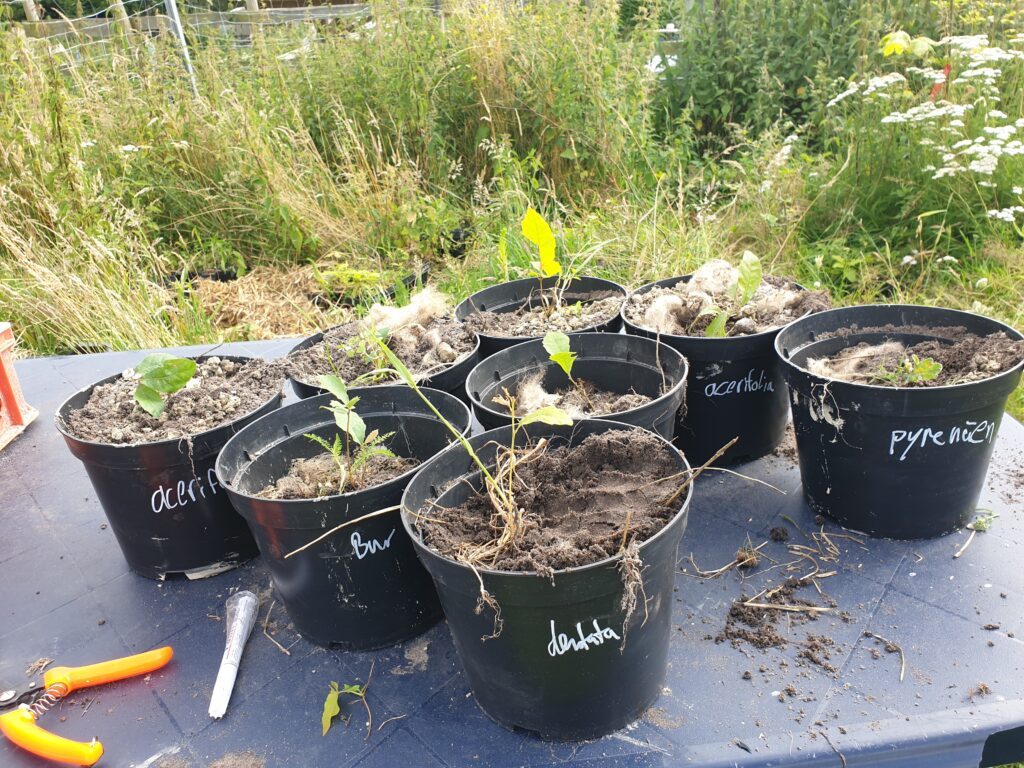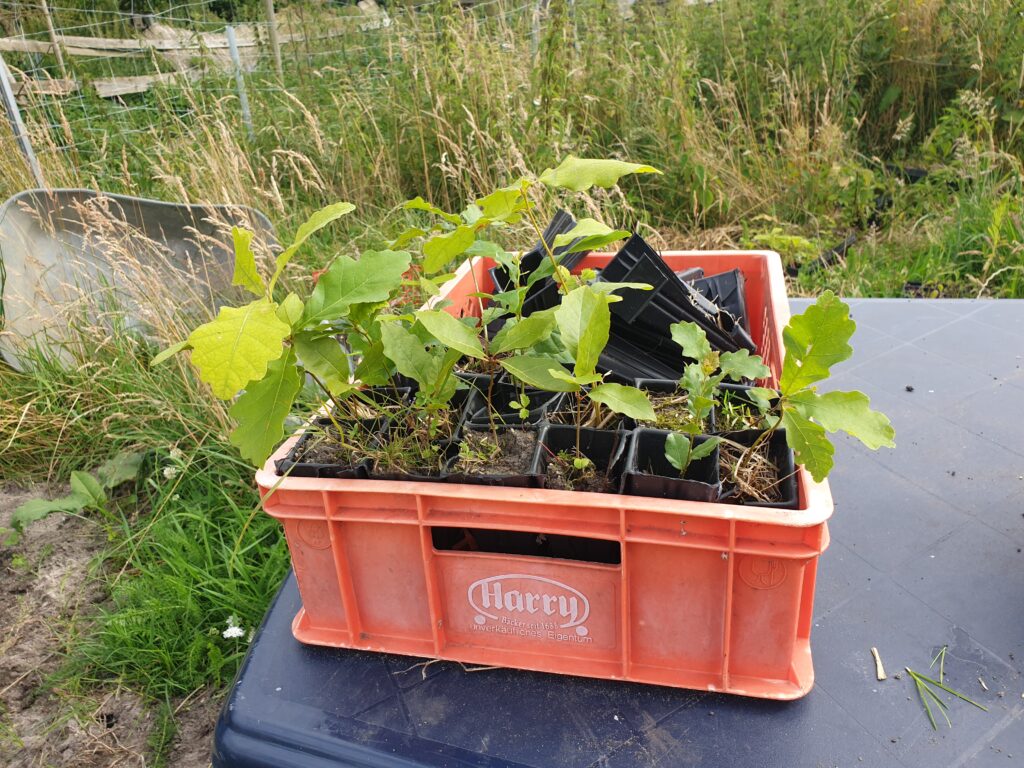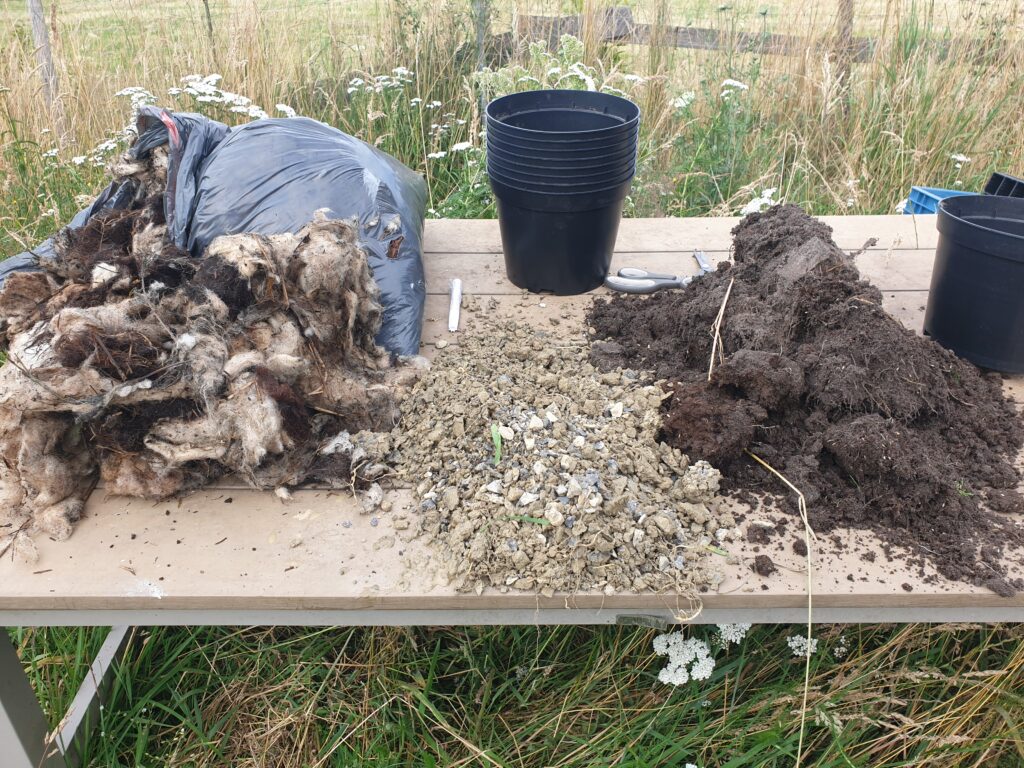6.7.2025: More oak species in the store on Ebay
Many other oak species can currently be found in our Ebay store:
https://www.ebay.de/str/klimasamen
Quercus wislizeni.
Quercus wislizeni is native to many areas of California and southwards to Baja California in Mexico.
Quercus arkansana: This oak species occurs in a few locations in the south-east of the USA.
It is considered endangered.
Quercus polymorpha:
The Mexican white oak is native to the state of Texas in the USA and is also found in Mexico.
Quercus shumardii
Quercus shumardii is one of the largest oak species in the red oak group. It is closely related to Quercus Buckleyi, Quercus Texana and Quercus Gravesii.
Quercus castaneifolia:
The distribution area is in Iran and Azerbaijan.
The species is thermophilic and mostly frost-hardy
Quercus eduardi:
Quercus eduardi grows in only a few regions in Mexico at altitudes above 2200 meters.
Qurcus infectoria veneris:
This species originates from the eastern Mediterranean region and western Asia. The tree only grows about 6 meters high.
Not frost-tolerant!
Quercus agrifolia:
The species is native to California. The species grows west of the Sierra Nevada from Mendocino County in the north southwards to the Mexican state of Baja California.
Quercus libani:
The Lebanon oak is native to Syria and Asia Minor
Quercus lyrata: The distribution area is in the northeast and southeast of the USA.
Quercus wislizeni:
Quercus wislizeni is native to many areas of California and south to Baja California in Mexico.
Quercus hintonionum
Originally found only in the Mexican states of Coahuila and Nuevo León.

